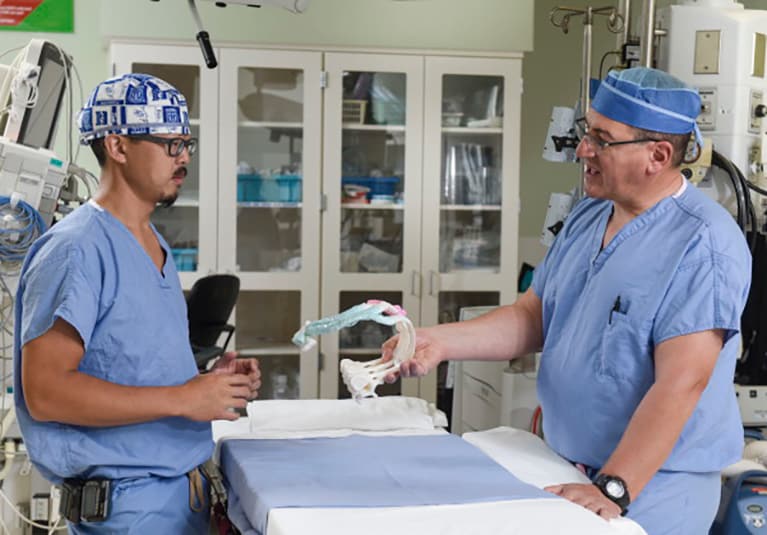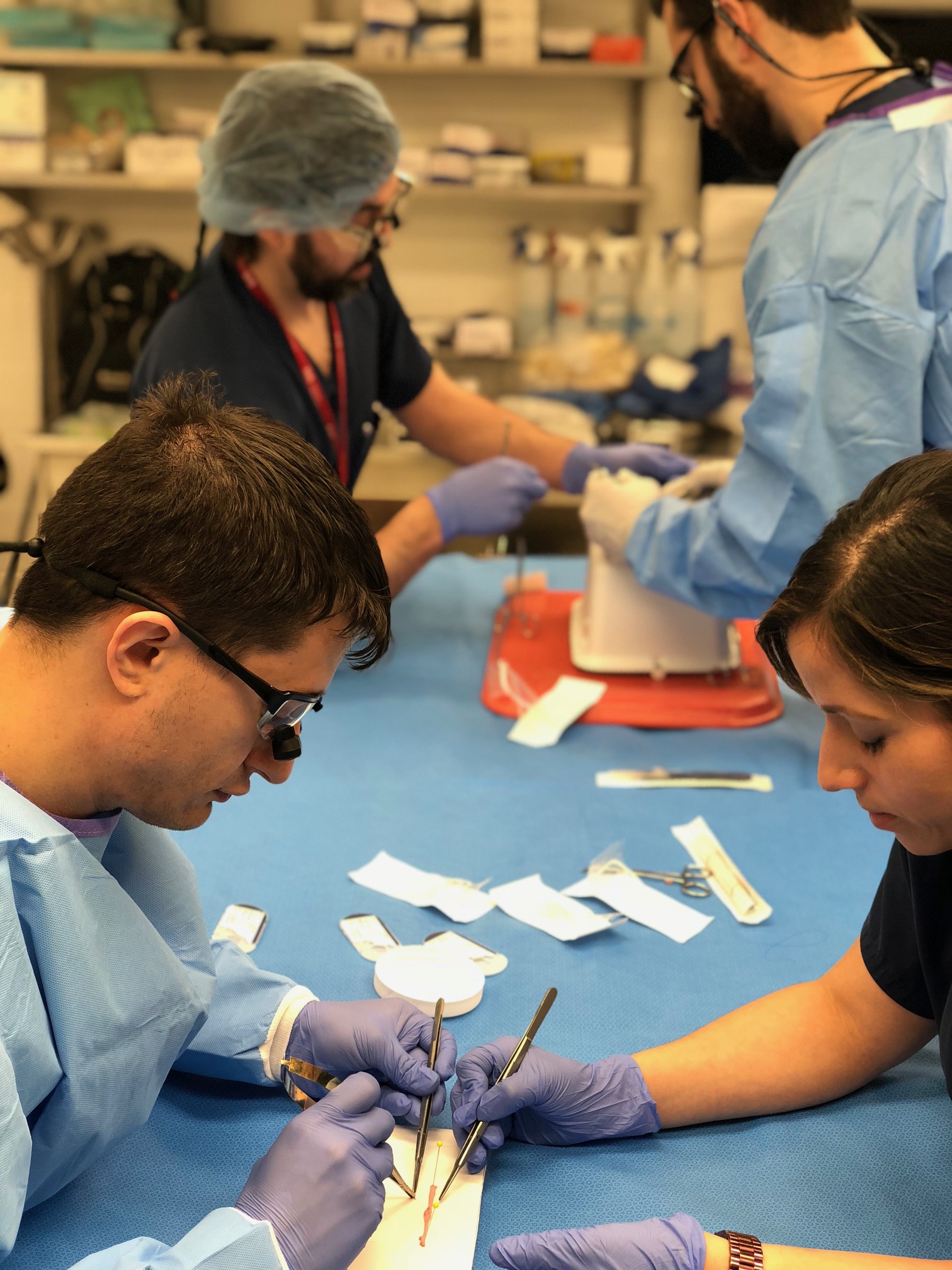

In particular, the Leapfrog Group evaluates hospital adherence to a set of Safe Practices for Better Healthcare, endorsed by the National Quality Forum (NQF) as part of a national strategy to improve patient safety and health care quality.

3, 4 National initiatives to measure and promote the adoption of evidence-based measures provide an opportunity to assess the impact of these best practices on trauma outcomes in the real world. Performance measurement is potentially a transformative tool for turning hospitals into learning laboratories to identify and then to implement best practices in order to improve population outcomes. 2 This variability in trauma center outcomes presents an opportunity to explore the association between specific processes of care and outcomes. 1 Trauma patients admitted to high-mortality hospitals have a 70% higher risk of dying compared with trauma patients who are admitted to average hospitals. There is marked variability in mortality outcomes across trauma centers.
Trauma center levels rochester ny full#
Full implementation of intensive care unit physician staffing was also not predictive of mortality (aOR, 1.13 95% CI, 0.90-1.28) or of hospital-associated infections (1.04 0.76-1.42).Ĭonclusion In this nationally representative sample of level I and level II trauma centers, we were unable to detect evidence that hospitals reporting better compliance with the National Quality Forum patient safety practices had lower mortality or a lower incidence of hospital-associated infections.

Full implementation of computerized physician order entry was not associated with reduced mortality (aOR, 1.03 95% CI, 0.75-1.42) or with a lower risk of hospital-associated infections (0.94 0.57-1.56). Results The total score on the Leapfrog Safe Practices Survey was not associated with either mortality (adjusted odds ratio, 0.92 95% confidence interval, 0.79-1.06) or hospital-associated infections (1.03 0.82-1.29). We controlled for patient demographic characteristics, injury severity, mechanism of injury, comorbidities, and hospital characteristics. Main Outcome Measures Multivariate logistic regression models were estimated to examine the association between clinical outcomes (in-hospital mortality and hospital-associated infections) and the National Quality Forum patient safety practices. Setting Level I and level II trauma centers.
Objective To examine the association between hospital self-reported compliance with the National Quality Forum patient safety practices and trauma outcomes in a nationally representative sample of level I and level II trauma centers.ĭesign Retrospective cohort study using the Nationwide Inpatient Sample.


 0 kommentar(er)
0 kommentar(er)
